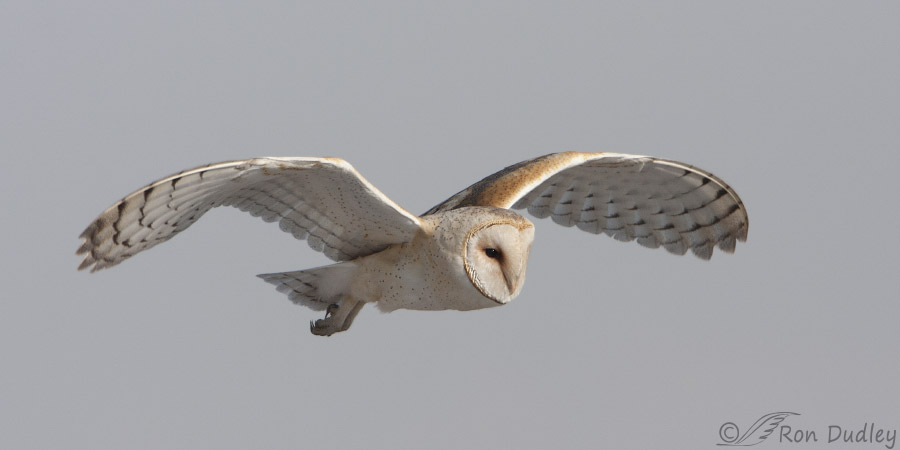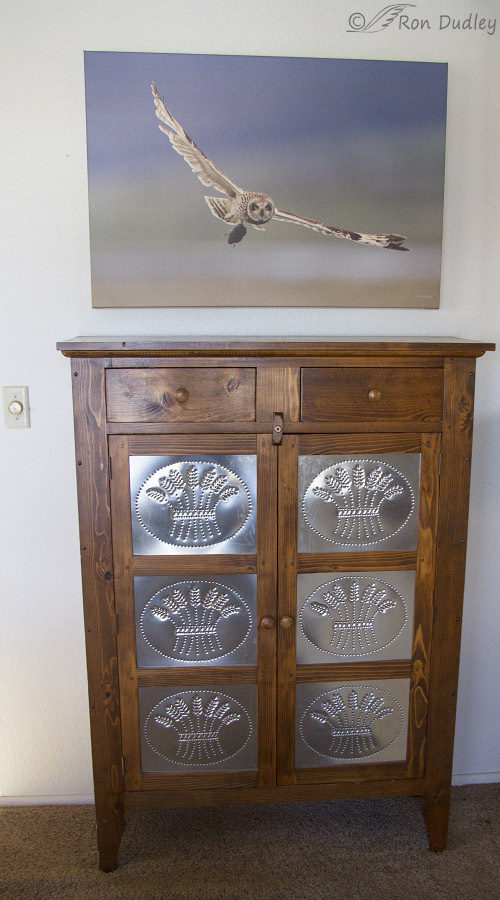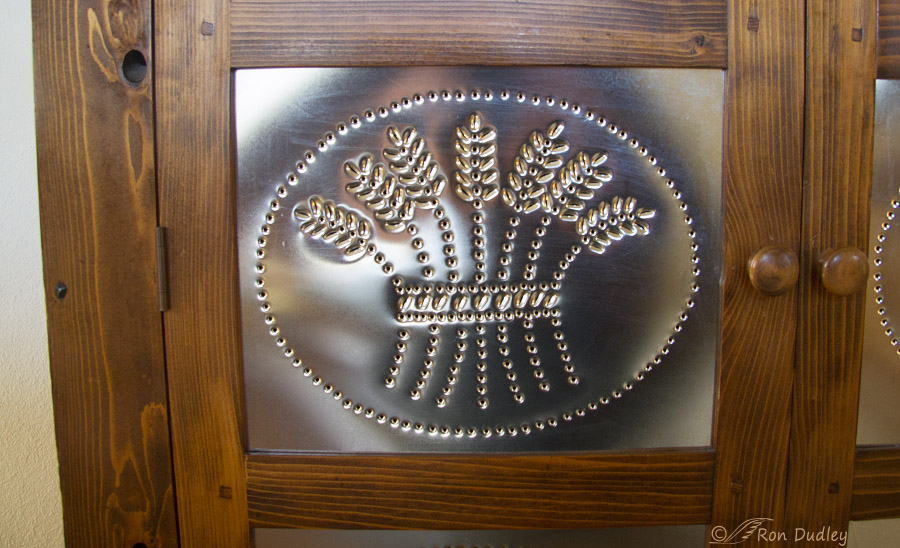I’m a fan of This Old House on PBS and have been for decades. One of my favorite members of the recurring cast of professionals is general contractor and master craftsman Tom Silva whose favorite saying regarding his craft is “The money’s in the details”. He says those words during the opening credits of each episode and they often come to my mind in the context of my bird photography, especially while I’m processing images but even when I’m in the field.
Like carpentry, photography is all about details. Details of technique and details of photo processing but especially about fine detail in the images. If you don’t have fine detail image quality suffers and demand for your work is impacted negatively and significantly. Rightfully so. Even mediocre images can look good on the web because web size and resolution can hide a myriad of imperfections including any lack of detail. But if an image is going to be printed for a client or sold to a publisher it damn well better have good detail or it just won’t look good, especially if your subjects are birds (feathers are incredibly detailed) and the prints are meant to be large.
Bird photographers need a variety of things to get that detail including but not necessarily limited to:
- top-notch glass. A poor quality lens means you’ll usually be spitting (or whatever…) into the wind. Many novice bird photographers go for “reach” rather than quality because it’s cheaper and they don’t know any better but believe me, I’d much rather have a top quality 300 or 400 mm lens than a relatively cheap and low quality 500 or 600mm. Quality is expensive but it matters. A lot.
- good long lens technique
- decent image processing skills to get the most out of your images
Ok, now to my point. Finally.

1/2500, f/8, ISO 400, Canon 40D, Canon EF 500mm f/4L IS USM + EF 1.4 Extender, not baited, set up or called in
Recently I had a request from a client for a large print of this Barn Owl image. I almost turned her down for the following reasons:
- the photo is ten years old and was taken with my “ancient” Canon 40D. Images taken with that camera are only 10.1 MP
- she wanted a pano composition that would make the final cropped version (the one above) slightly less than 50% of the original image
- her strong preference was for a large print – 24″ X 48″
- the owl is a hair short of being tack sharp
So I was reluctant to print it for her because I never print images for clients (or for anyone) that won’t look good. But in the end I agreed to take the image file down to my printer (whom I have great confidence in) to see if he thought it would print that large and still have good quality. He put it on his big screen and we scrutinized it together. His conclusion was that it would print that large just fine – that the owl might not look tack sharp and have great detail if you had your face inches in front of the print but prints that size aren’t meant to be looked at from that close. He encouraged me to proceed with the printing and he’s pretty picky so I ordered the expensive inkjet print.
Two days later I went down to look at the print before it was shipped and I was pleasantly surprised to see it had plenty of detail, even at that size. What saved my bacon was my high quality lens. Even taken with an “ancient” camera the image had enough detail to be printed to that size and still look good.
Detail matters and it made me think of Tom Silva again. When I retired and before I took up photography I built wood furniture as a “hobby” and I took it very seriously, just as I do my photography today. One of the first lessons I learned in my carpentry is that paying attention to detail is essential if you want a quality product.
Following is an example (these two images are distorted by my wide-angle lens so nothing looks square or level):

I built this pie safe about 15 years ago (I use it to store kitchen cooking gadgets, I love to cook). It’s meant to be a copy of an antique used in the 1800’s and I tried to make it as authentic as possible. That meant using knotty pine, antique nails where appropriate, wooden pegs to strengthen glued mortise and tenon joints and punching the authentic and historically accurate wheat design into each of the sheet metal panels. If I remember correctly those sheet metal panels are made out of nickel/tin.

The detail involved was crazy. As an example each of the metal panels required me to punch 325 holes very precisely with a variety of specialized punches – that’s 1950 holes total in the 6 panels. If I made a single mistake (and I did several times) I had to start over with each panel. Mistakes in sheet metal can’t be repaired. Here you can also see one of the antique nails on the left and several of the small square wooden pegs that strengthen the glued mortise and tenon joints.
So yes, detail matters. It matters in many if not most of our endeavors including photography, carpentry and nearly every craft I can think of if you want a quality product. Lessons learned, often painfully, in my carpentry have served me well in photography.
Ron
Notes:
- When Tom Silva says “the money’s in the details” he most likely means “money” in its literal sense. For me it’s more about the quality of my images and the personal value that quality instills in them.
- Any local readers who may be looking for a quality printer might want to consider Pixels Foto & Frame in Sandy, Utah. I couldn’t be happier with them – to the point that they’ve done all of my printing for years and I purchase all of my photo gear there too. I don’t give out endorsements easily but Pixels has earned this one.


An important post Ron, especially for anyone just starting to invest in gear. At the risk of sounding like one of those people who blames their gear for their failings — 🙂 — this issue has been one of my biggest challengs to overcome as a wildlife photographer: a limited budget, and thus limited glass. I just last year purchased my first “pro” level Olympus wildlife lens, which is still sort of mid-range in terms of quality and price. And although it’s so gratifying and fun to see the type of detail I was missing before this beautiful lens, it’s also bittersweet to look back at the many older images I’ve taken, noting some of the shooting and creative losses which arose because the quality of my glass did not produce the exact results I would have desired. That doesn’t in any way take away the pure enjoyment of what I’ve derived, being out in nature and communing with wildlife because I was driven by this pursuit. I know we all experience that once we’re addicted to photography. That’s been life-changingly wonderful. There are many areas of photography where the skill of the photographer can overcome some limitations of gear. This is true in wildlife photography as well, to a point. But your story here does illustration how important it is many times for the equipment to match the skill and the task.
p.s. your cabinet is a beautiful testimonial to your dedication as an artist and craftsperson! You obviously apply so much work to endeavors you take up.
Splendid woodwork! My Grandfather immigrated from Newfoundland, where he was a fisherman in summer and carpenter/cabinet-maker in the off-season. I often helped him in his shop and marveled at how he could envision the final product before he even began. He would say in his Newfie accent, “The most important part of any job is the time you spend sitting on your arse before you get underway.”
I’m going to take another line from This Old House and “adjust” it: review twice; delete once (from those of us well-acquainted with your “itchy trigger finger”) 😉
That pie safe is most definitely a work of art. I think that’s my favorite part of this entire post!!! Especially as you used period materials! SO INCREDIBLY’ COOLAMATIOUS!!!!! (Yes, I’m yelling because I’m so excited about it!)
Here are some more exclamation points, just in case I didn’t include enough above: !!!!!!!!!!!!!!!!!!!!!!!!!!!!!!!!!!!!!!!!!!!!!!!!!!!! (Wheeeeeee!) 😉
HEHEHEHE!!! Yep you NEEDED extra !!!!!!!!!s
Thanks, Marty. I like your twist on the old “measure twice, cut once” saying. My dad had another one I liked. When he’d just cut a piece and it fit perfectly he’s say “If it was any closer it’d be off”. Maybe you have to be a carpenter to appreciate it…
“If it was any closer it’d be off”
I like that! 🙂
Far too often, when I was tutoring, kids would say, “That’s good enough”. Needless to say that attitude didn’t go over very well with me….but soon they were doing their best…and we all felt happier with the results….
Anything worth doing is worth doing well! It doesn’t matter what you’re doing. That philosophy applies to just about everything. So yes, I GET your quest for the perfect image(s). I’m on the same quest with my falconry, my writing, my cooking and everything else I do. I’m not one of those who believe that good enough is good enough and I doubt I ever will settle for anything less than my absolute best.
That said, I’ve had to be easier on myself in my falconry and other physically intense activities just because my body often refuses to come along with my brain. That annoys me mightily, but it’s my reality so I’ve got to come to terms with it.
I just love the pie safe. What a magnificent piece of furniture and the fact that you made it is spectacular! I love woodworking too–wood responds so beautifully to just a little care and adds so much warmth and coziness to your home. I’m NOT a fan of painted woodwork. I want the real deal but that’s hard to find these days since doing a proper job ain’t easy. Nothing spectacular is ever easy!
“Anything worth doing is worth doing well”
Yes, that philosophy should be universal. Too bad it isn’t…
Like you with your falconry, physical limitations are slowly infringing on my photography. But I’ve found ways to deal with them most of the time. For now at least. Thank you, Laura.
As long as you don’t run out of workarounds, you’re good! 😉
“You can’t make Chicken soup out of chicken poop” as my grandfather used to tell me.
Having printed professionally for thirty plus years, your analysis is spot on. A good quality print is a chain of events that, is only as good as the weakest link in the process. The deeper into the process you delve the pickier you get. Quality is always a moving target that requires discipline and meticulous attention to detail and that is especially true for printers. Find a good printer and develop a relationship with them, your images will be glad you did.
I miss printing and having my own lab, but should I need a print, I’ll be mindful of your recommendation.
I think I would have liked your grandfather a lot, Neil!
I’m very happy with my printer and you’re right about developing the relationship. Doing so serves both photographer and printer well.
Some beautiful images to greet this morning with…(I remember the owl and vole) …I can see why someone would want a print of the flying owl!!! And the pie safe is wonderful!!! I love that style of furnitute anyway and the finish and stain are warm and wonderful. Love the punched out wheat design, too. Did you make the stain or is it Minwax’s Antique Pine or Ipswich pine?
It could be either Minwax or Watco but I don’t remember the name for the color. Thanks, Patty.
I hope you signed and dated the safe….
Nope, never did. I know who made it though… 🙂
Sign it…your grandchildren and theirs will appreciate it…not too late to do it….
I agree with Patty. Put your name and the date on it. 😀 In 100 years it will be still loved and your name not forgotten. It’s a beautiful piece.
I’ll chime in here and agree with Patty as well. This pie safe is destined to become a family heirloom!
My husband was a carpenter…his carpentry was like fine cabinet work…never had a single complaint!!! Got nothing but raves…(except from me…we didn’t see very much of it here…the “shoemaker’s children” syndrome)….He did some actual cabinet work, too, so would definitely appreciate yours….
Great informative and inspiring post for us folks who need to “up our game”!
Thank you, Joanne.
I am very happy to know about your woodworking passion that you shared in common with your father. What did your father think of your photography passion? I hope he was able to share your passion for birds and nature as well.
Robert, He knew about my passion for nature but sadly he died before I started my photography. I think he would have enjoyed it though, I can remember that he used to develop his own black and white film in a can when I was a very young boy so he had the photography bug too.
Wonderful post and I enjoyed hearing about and seeing your woodworking passion. Thank you for sharing. Love me some Barn Owls…beautiful photo.
Thanks, Zaph. I almost didn’t include the woodworking stuff but given the subject it seemed like a good fit so I went with it.
Beautiful on both counts, the owl and the cabinet. “Bird photography ain’t easy”. WOW, is that ever an understatement!!
There is a tiny gene in our family for woodworking, goes way back and it has continued with my son. That is one gorgeous cabinet!
Great post, thanks for sharing.
I think you’re right about the genetic component, Dick. My dad was a carpenter and he and my mom lived with me the final few years of their lives so my garage became his “shop”. To this day the smell of sawdust brings back strong and very fond memories of my dad.
Awesome advice to go with awesome photo & wood work. Thank you again!
You’re very welcome, Elmer. Thanks.
Wonderful post! I always enjoy reading technical experiences and surprising successes. As many years as I’ve been a photographer, I still have that “hold your breath” moment, when having extremely large prints made. They are expensive and a poor quality, unusable print costs me the same as a great print. The majority of people have no understanding of the quality requirements needed to produce a high-end print. Good looking images online, have little relevance to an image that will produce a high quality print. Sometimes that’s hard to explain to a buying client. How often do we look at our tiny camera screen and think we have a great capture, just to get home and look at it on a 28″ monitor and be disappointed? Your 10.1mp 40D, also shows that the average person probably doesn’t need a 20, 30, 40mp camera. Megapixels become more and more important, as you seek to print larger and larger, professional prints. For professional prints you need quality equipment, excellent shooting skills, as well as excellent editing skills.
I like your woodworking, too! That’s a cabinet to be proud of!
“Good looking images online, have little relevance to an image that will produce a high quality print”
You said that better and more succintly than I did in my post, Everet. From your comment I can tell you know your stuff. Thank you.
Fascinating! The pie safe is spectacular! You are indeed a man of many talents!
Charlotte
Thanks very much, Charlotte. I don’t know about the talents but I sure do try hard…
Beautiful work/photos/commentary Ron… 🙂 “More pixels” isn’t always better – have a Nikon D90 that does VERY well, sometimes even out performing the D7200. “Sharp” is always important and can be an exercise in “whatever” into the wind depending on a variety of factors mentioned as well as the intended use ….. 🙂 Love the punched metal in the doors of the pie cabinet as well as the detail you put into the rest of it. You certainly are a man of many talents! 🙂
Yes, sharp is always important if you want fine detail but it sure can be elusive at times, especially with moving birds. As I often say, “Bird photography ain’t easy”. 🙂 Thank you, Judy.